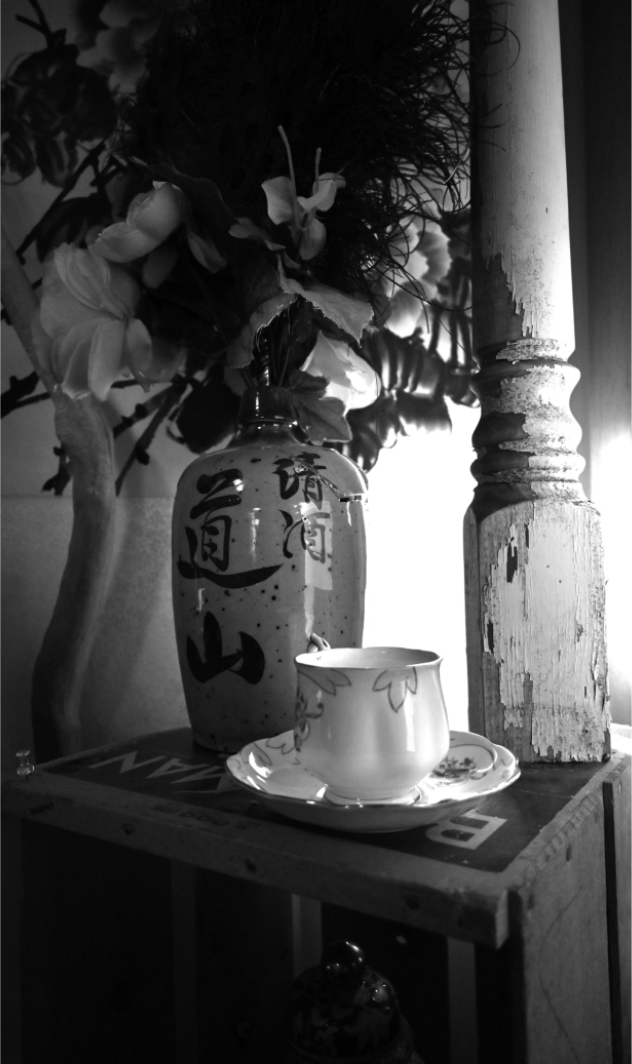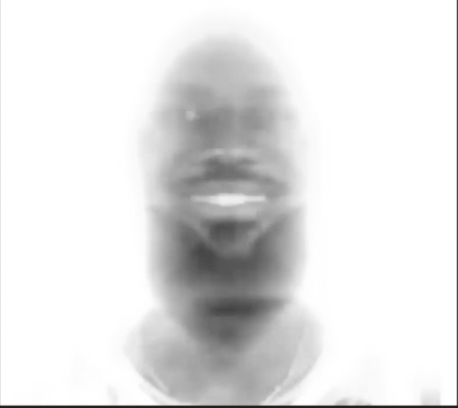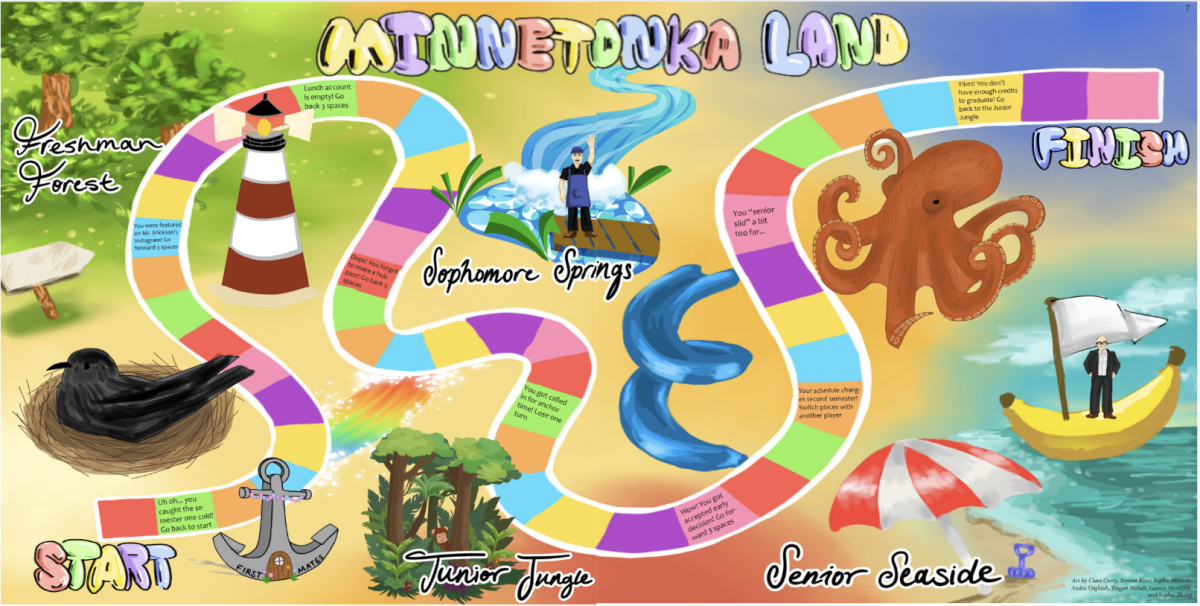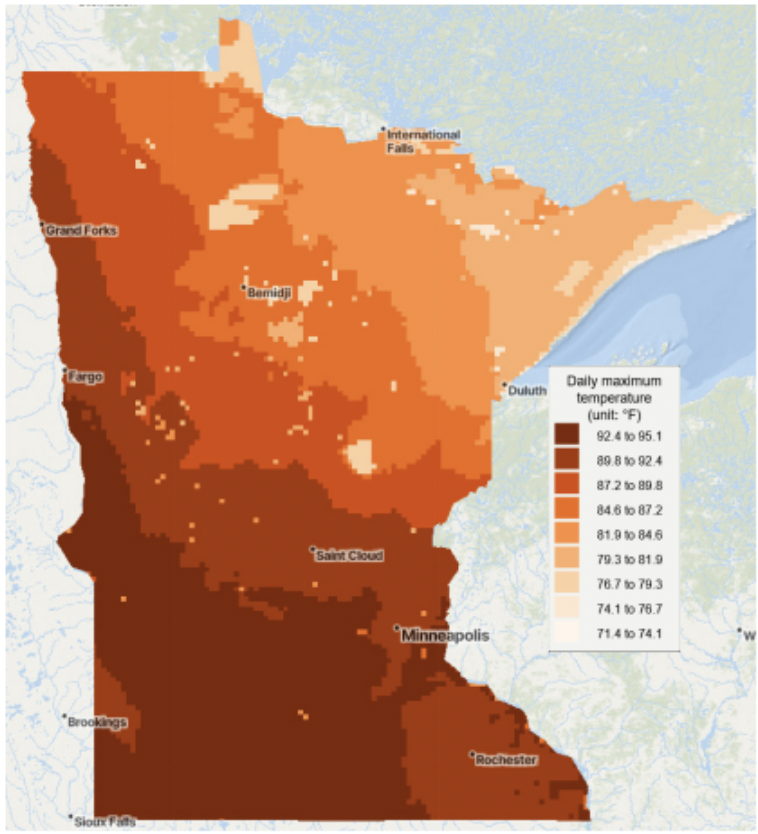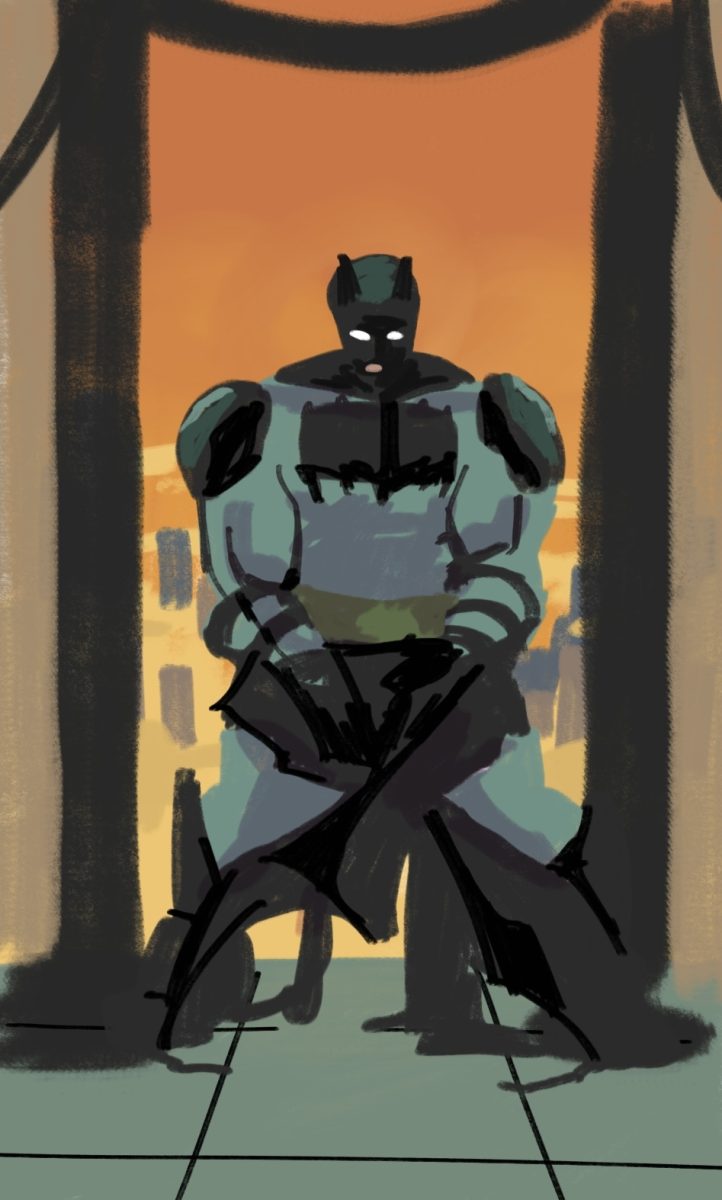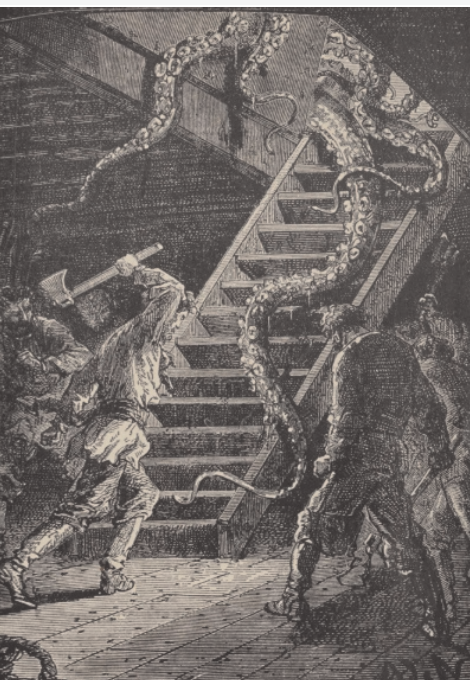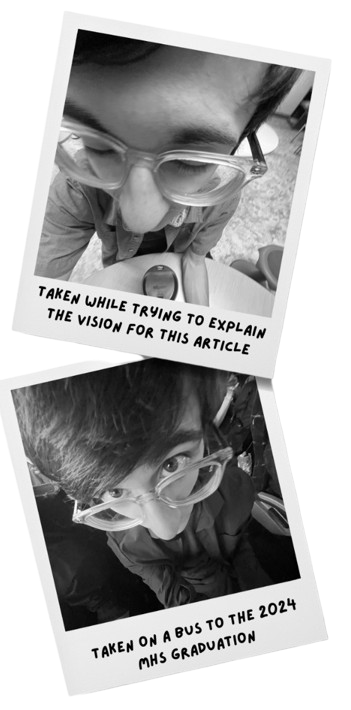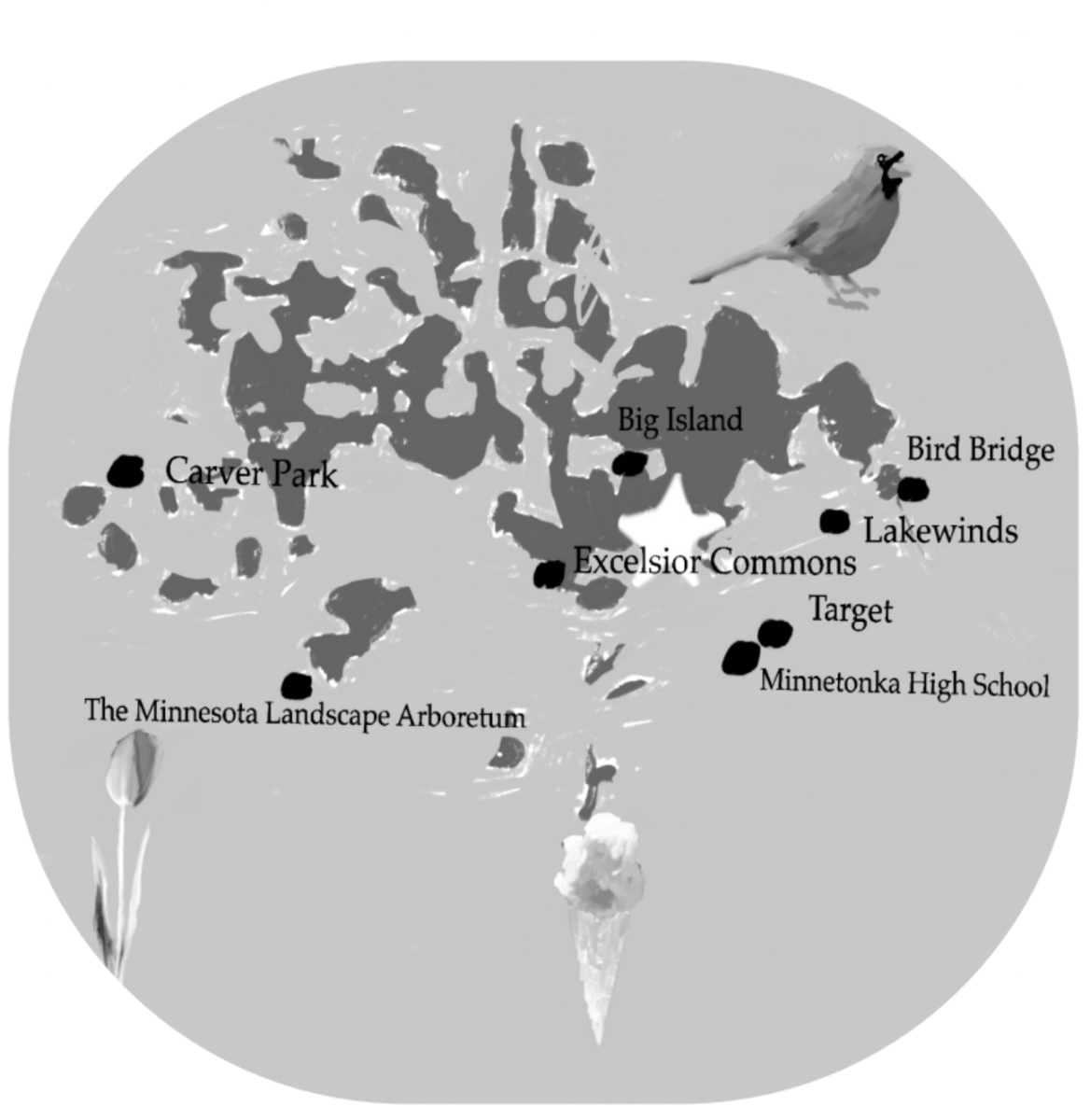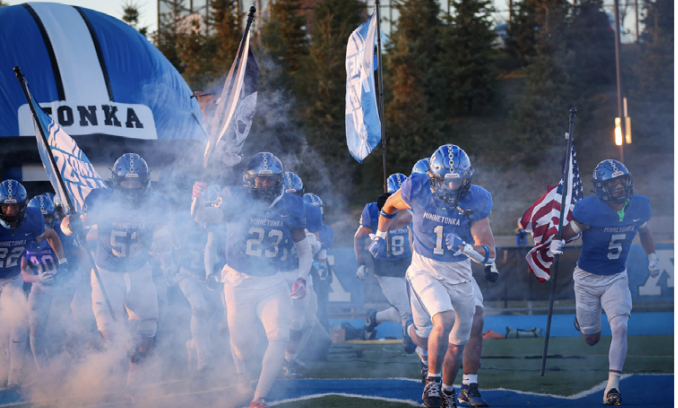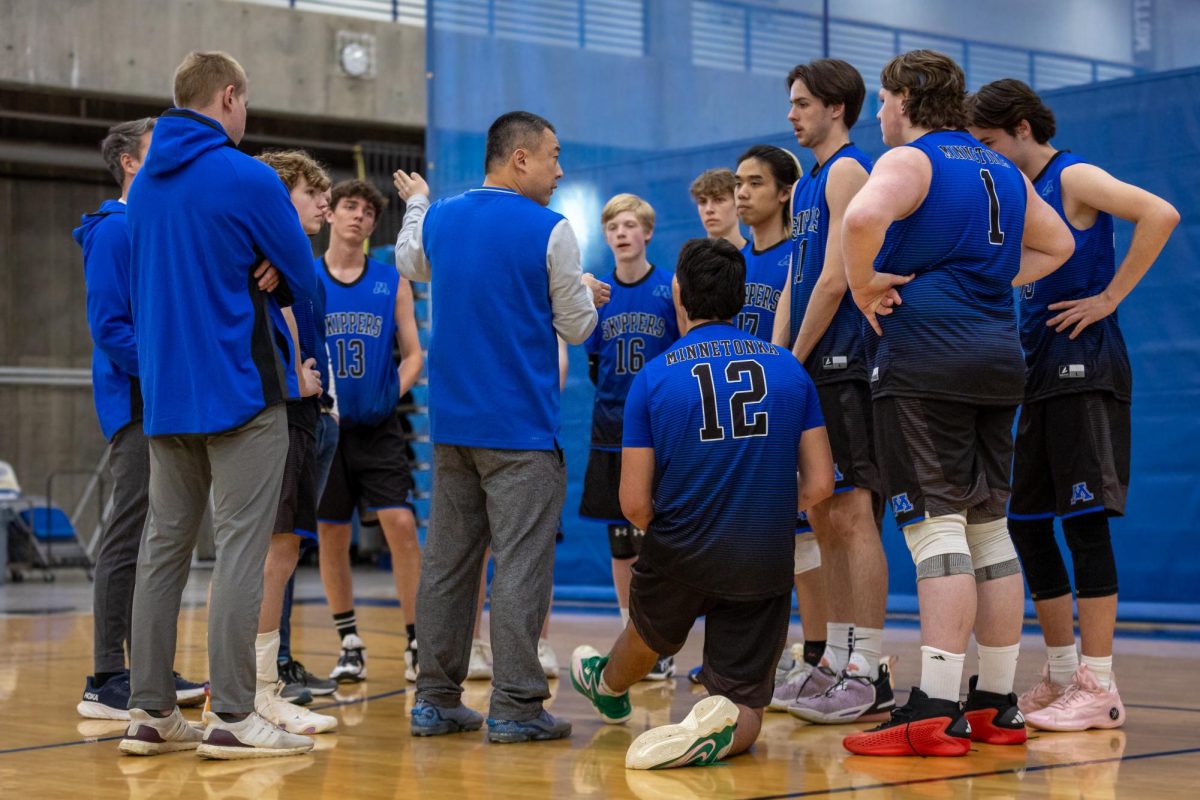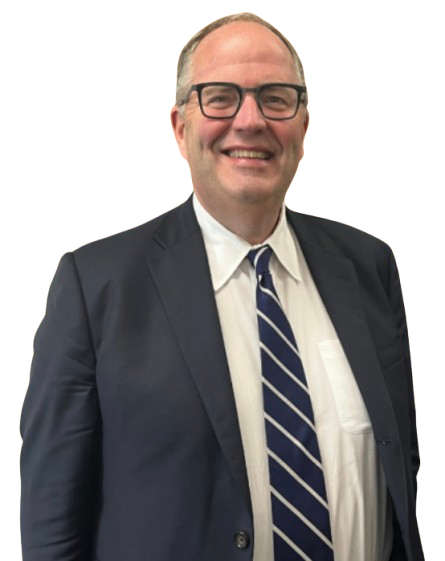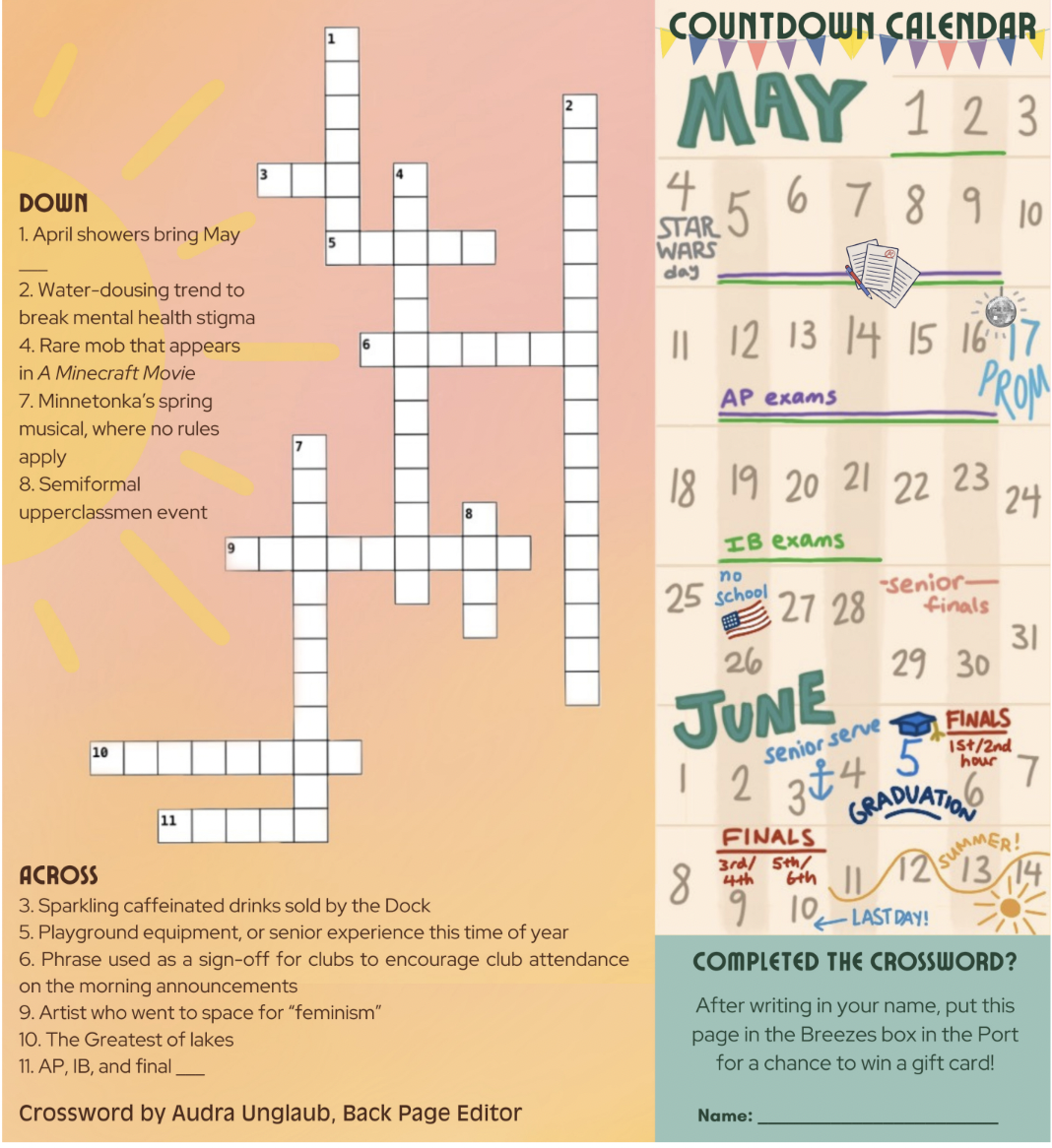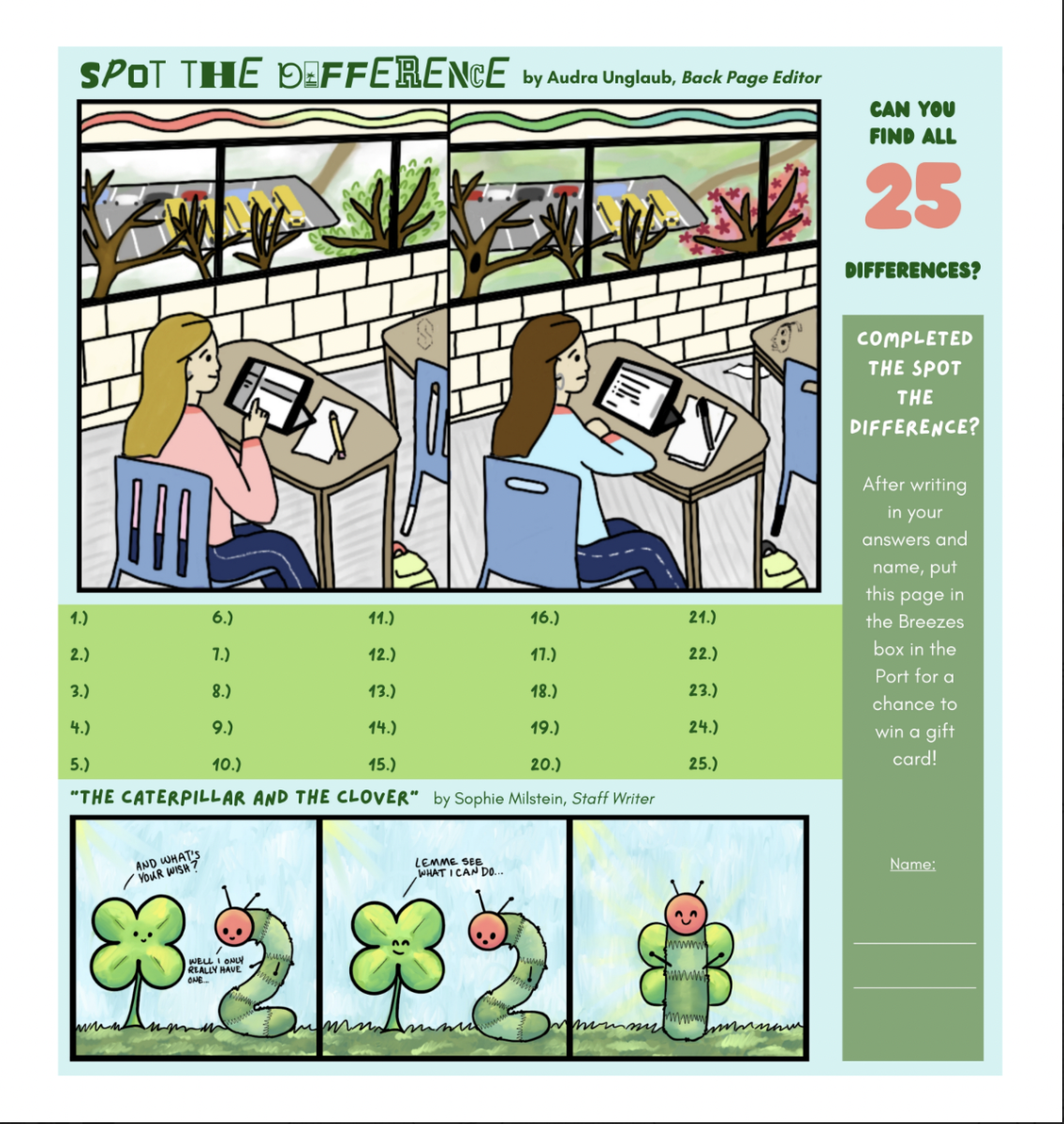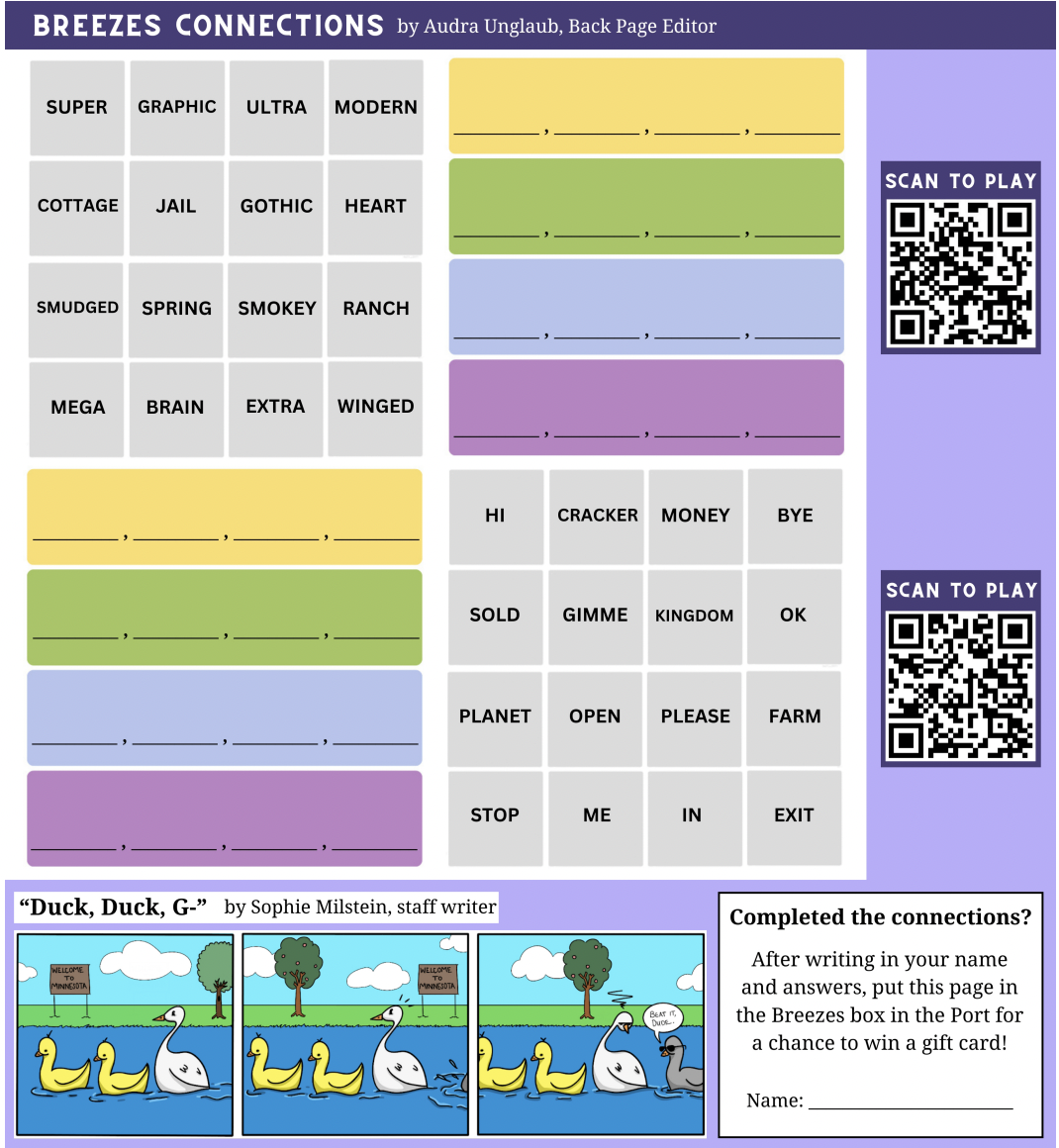Religion in Public Schools
December 22, 2020
The debate about religion in public schools is not a new one. For centuries, countries around the world have tackled the question of whether religious practices, such as prayers and holiday celebrations, should be included or even enforced at school. It wasn’t until a series of Supreme Court cases in the 1960s that school-sponsored prayer, Bible readings and moral instruction was prohibited in public schools in the United States. Since then, religious activities in schools have been vastly reduced. But what does that mean for students today?
Even though it is not taught explicitly, religion is still very much present in most schools today. A study by the Pew Research Center concluded that roughly 50% of high school students had frequently seen classmates wearing religious symbols on clothing or jewelry, while 40% had seen students praying before sports games. Beyond that, many schools also encourage holiday celebrations of majority religions at school, even when not all students practice said religion. Even history and English curriculum is often full of references to (mostly Christian) religions.
At MHS, different religions are represented partially through various student groups including Jewish Student Union, Muslim Student Association and Catholic Student Union. These groups give students the opportunity to connect with classmates of the same faith, as well as to learn about the practices and theology behind religions other than their own.
“Muslim Student Association is a club for Muslim and non-Muslim students to come and learn more about Islam,” said Shanal Khawaja, ‘21, who is one of the leaders for MSA. “[We try to] debunk misconceptions about Islam. We also provide a safe space for Muslim students to feel like they have community.”
Patty Robben, ‘21, who is co-president of Catholic Student Union, said, “The purpose of Catholic Student Union is to provide an environment for students of any religious belief to freely discuss the Catholic faith and learn more about it in a safe and inclusive environment. Additionally, it is an opportunity for Catholic students to connect and have fun within the school environment.”
While student-led groups like these are largely seen as a positive way of representing religion at school, more controversy arises over the role that teachers and administration should play in sponsoring or prohibiting religious activities at school. In the past, some effort has been made to offer equal consideration and representation of religions at school. For example, there has been a shift to the more inclusive term “happy holidays,” rather than “merry Christmas,” and most teachers have taken to saying “winter break,” rather than “Christmas break.” Additionally, a school-wide rule prohibits homework and testing on some religious holidays, such as Rosh Hashanah and Yom Kippur, to allow students to spend these evenings with their families.
However, traces of majority-Christian celebrations are still present in teacher’s actions, especially now as Christmas draws nearer. Many teachers opt to play “holiday” music on the days leading up to winter break, and during a normal, non-COVID year, a tree strung with ornaments is often set up in the commons. These extra celebrations are usually not extended to holidays other than Christmas. Perhaps even more obvious is that fact that Christian holidays, including both Christmas and Easter, are granted full days, or even weeks, off from school, while holidays of other faiths are not.
“[Minnetonkal] does try to be inclusive,” said Khawaja, “but I think if administration were to encourage the celebration of holidays associated with certain faiths it may seem like they are encouraging some religions over other religions.”
Khawaja explained that she sometimes wishes Islamic holidays, as well as Jewish and Hindu holidays, were celebrated at school in the same way that Christian holidays are. She also said, however, she recognizes this could be difficult for holidays such as Ramadan, which is celebrated for a full month.
It is important to note that public schools are not directly prohibited by law from sponsoring some religious-based activities at school.
According to an article published by the Washington Post titled “Can public schools have Christmas trees? What’s true — and not true — about religious expression in public schools,” religion can be taught as a subject as long as its focus is purely academic, and religious music can be played if the “overall focus of the activity is not religious.”
Additionally, Christmas trees and menorahs are not considered directly religious and are therefore allowed in schools, though religious-based practices surrounding these objects are prohibited unless done privately by a student’s choice.
Many of these practices mentioned, while not illegal, are still discouraged to create a more inclusive environment for students of minority religions. Many, including Khuwaja and Robben, agree that the focus of religion in public schools should be primarily academic, and the goal should be to educate students about different religions celebrated around the world.
“I think overall education [about different religions] is most important,” said Khuwaja. “I think there are a lot of students at Minnetonka that don’t [know much about other religions], because we don’t have education on different types of religion.”
Robben added, “I think the school could do a better job of educating students on all major world religions and demonstrating how to discuss religion in a respectful way. Many times, someone’s lack of understanding can lead to disrespectful or hurtful comments without really knowing what they are saying.”



